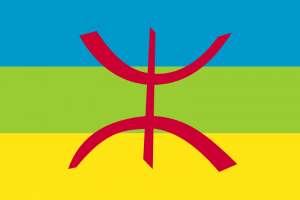Language/Standard-moroccan-tamazight/Grammar/Conditional-Mood
Hi Standard Moroccan Tamazight learners! 😊
In today's lesson, we will be discussing the conditional mood in Standard Moroccan Tamazight. The conditional mood is used to express a hypothetical situation or an event that could happen in the future. It is also used to express wishes and desires.
Formation of the Conditional Mood
The conditional mood is formed by adding the suffix -ɣɣen to the verb stem. For example, the verb stem for the verb "to write" is ɣ-e-s. To form the conditional mood, the suffix -ɣɣen is added to the verb stem, resulting in ɣ-e-s-ɣɣen.
Examples
- ɣ-e-s-ɣɣen (to write)
- ɣ-e-b-ɣɣen (to speak)
- ɣ-e-d-ɣɣen (to read)
Usage of the Conditional Mood
The conditional mood is used to express a hypothetical situation or an event that could happen in the future. It is also used to express wishes and desires.
For example:
- If I had more time, I would study Standard Moroccan Tamazight. (hypothetical situation)
- I wish I could speak Standard Moroccan Tamazight fluently. (wish)
The conditional mood can also be used to make polite requests. For example:
- Could you please help me with my Standard Moroccan Tamazight homework?
It is important to note that the conditional mood is not used to express commands or orders.
If you have any questions, please ask them in the comments section below.
Feel free to edit this wiki page if you think it can be improved. 😎

